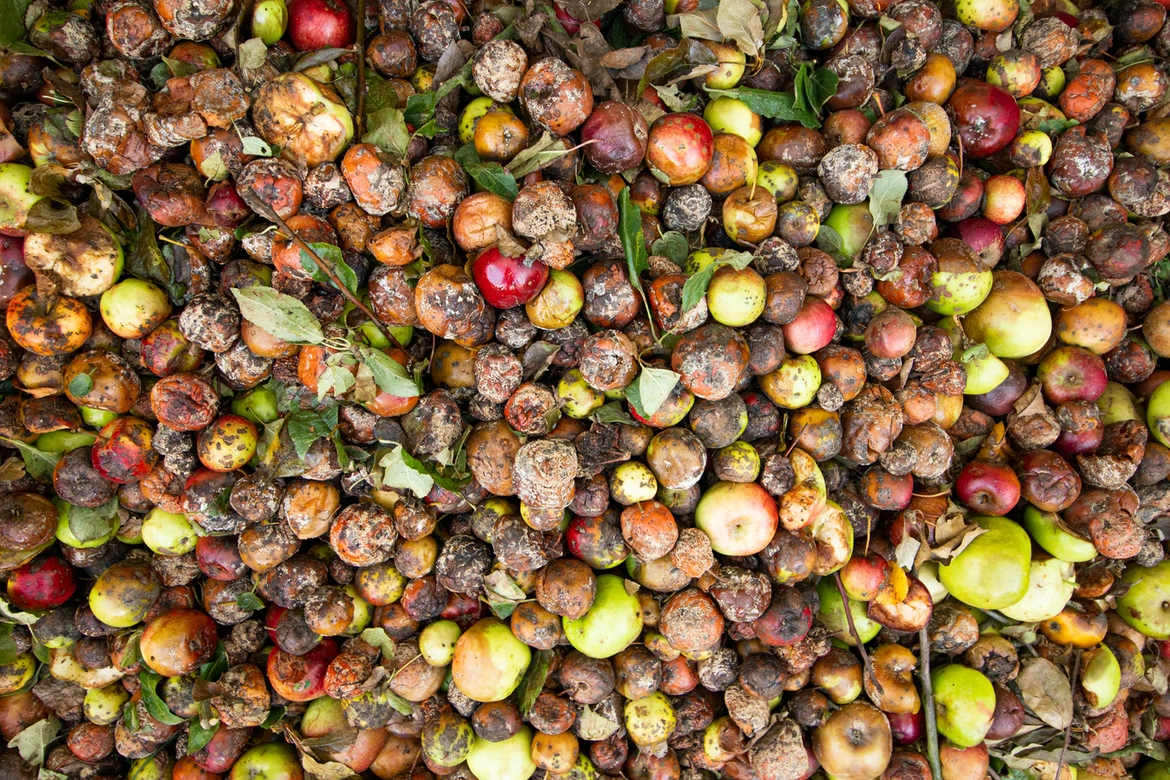Indore (Madhya Pradesh): Globally, about one-third of food production ends up as waste. The decomposition of this waste results in about 4400 million tonnes of CO₂ equivalent or 8% of global carbon emissions. What if one says that food waste can actually help the properties of concrete and reduce CO₂ emissions.
Recently a team of researchers from IIT Indore has demonstrated that addition of food waste along with selected non-pathogenic bacteria can double the strength of concrete, improve durability, repair cracks and help with CO₂ capture. So many benefits and the effective cost of concrete also reduces. The research team, which consists of Prof. Sandeep Chaudhary, Dr. Hem Chandra Jha, Dr. Akshay Anil Thakare, Mr. Shivam Rajput and Dr. Sanchit Gupta combined their expertise of civil and bio engineering to develop this process. The research team estimates that in the final form of their process can reduce up to 20% of CO₂ emissions from the construction industry, one of the highest contributors of greenhouse gases in the country.

Prof. Sandeep said “When food waste decomposes it generates CO₂. If we add bacteria and food waste in the concrete, the CO₂ is released inside. This CO₂ reacts with Calcium ions present in concrete and create calcium carbonate crystals. These crystals fill the pores and cracks present in concrete and make the concrete dense without any significant effect on weight. Denser concrete has higher strength and durability, hence better performance. The process at one hand traps the CO₂ from food wastes and other reduces the cement requirement for concrete, providing a double benefit towards carbon reduction.”
Prof. Jha said “The process of incorporating food waste and identifying a suitable non-pathogenic bacterium makes it unique. Earlier applications of bacteria in concrete used synthetic chemicals, which made the process costly and less sustainable. After investigating several different methods of incorporating food waste, we have used food waste in powder form, making it easier to dissolve in water and not hinder the properties of concrete.
In over 20 years of research with different bacteria, this is also the first time when bacteria have doubled (205.94%) the strength of concrete and shown lower effective cost and carbon footprint. The researchers from IIT Indore have used E. Coli DH5, which is a type of bacteria with no pathogenic activity. The novel combination of E. Coli DH5 and food waste, makes it one the promising solution towards sustainable construction.”
According to the research team, their existing work is currently suitable for factory scale application. This means that manufacturers of bricks, blocks and precast concrete can use this research for producing low cost and low carbon building materials. The research team is working towards streamlining the process of incorporating food waste and bacteria, so as to make it easier for use in all types of construction applications.
